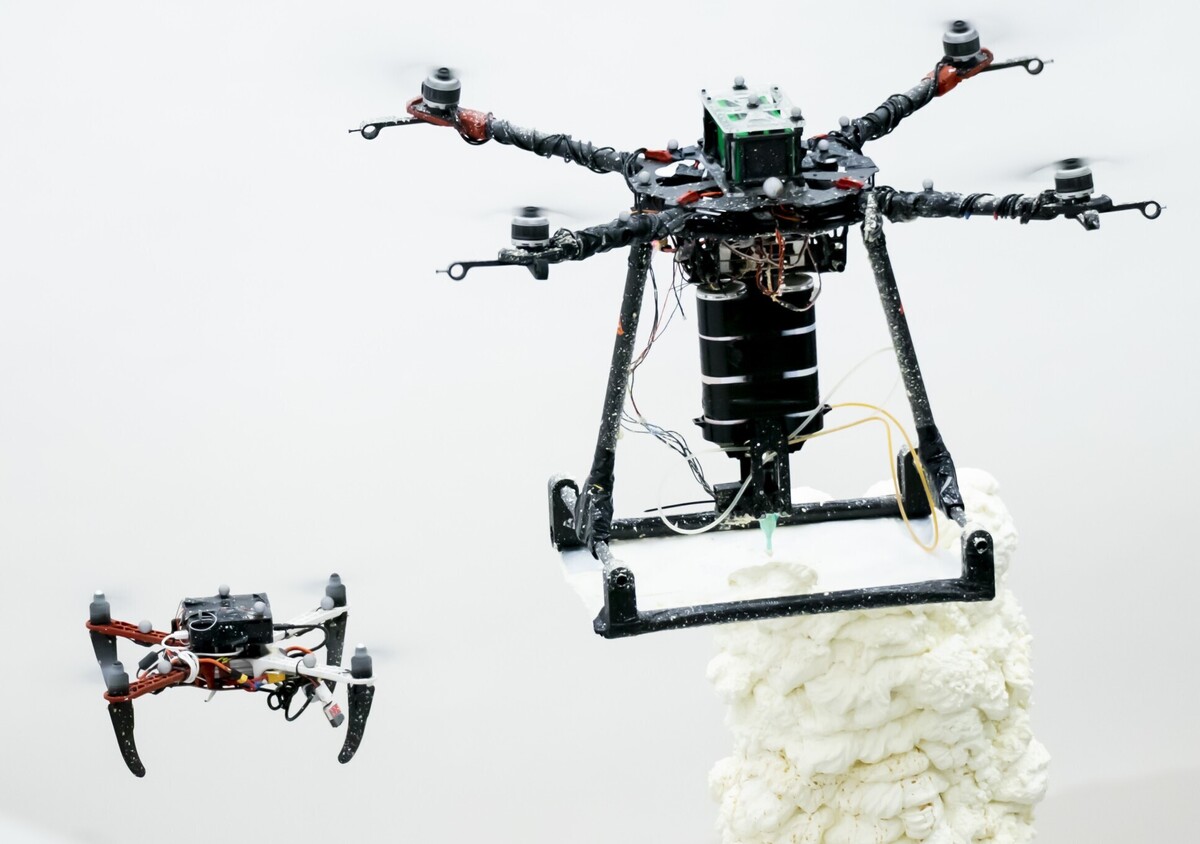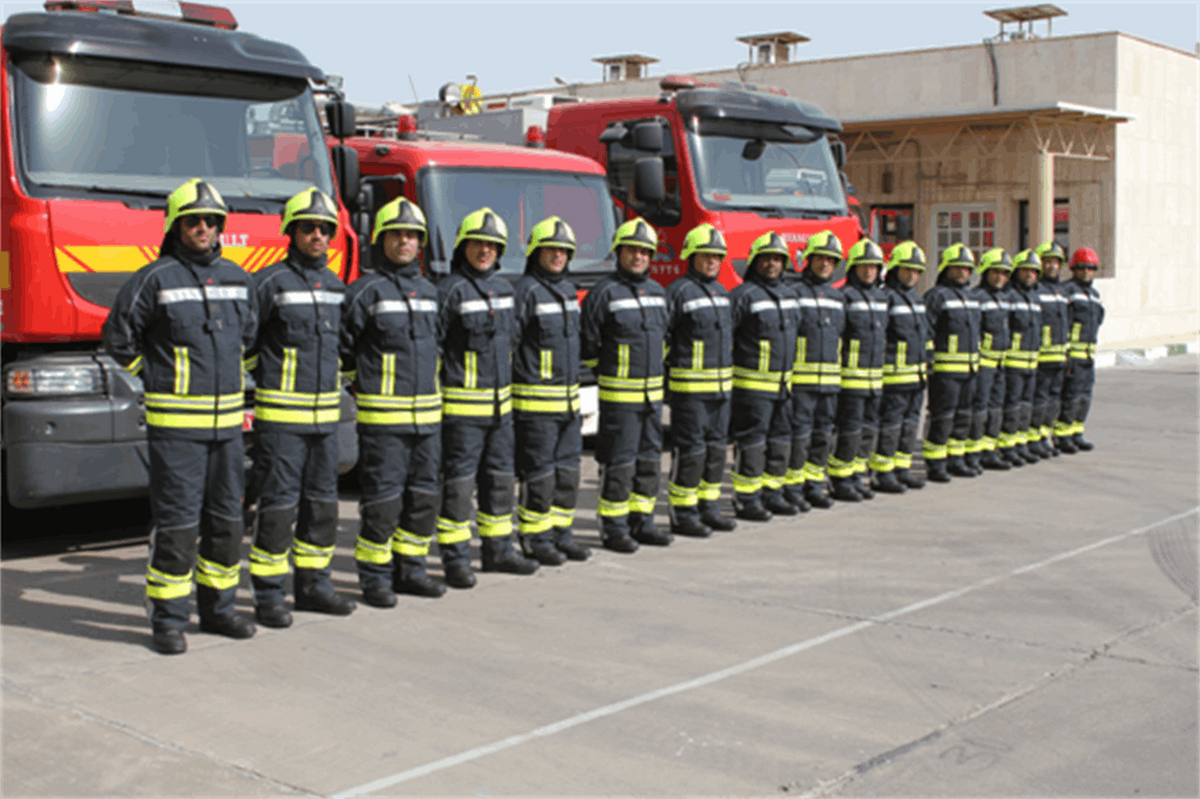Scientists Make Heat-Resistant Drone that Can Fly into Fires

A building is on fire, with flames billowing out of the windows. As the firefighters arrive at the scene, no one knows who is left inside, the layout of the building, and which areas are still safe. To go in blind puts firefighter lives at risk, however, no remote information-gathering robot or drone can function at the extreme temperatures inside the building, the journal Advanced Intelligent Systems reported.
Enter FireDrone, a new drone inspired by nature and designed to withstand extreme hot and cold temperatures, as described in a recent study.
“Until they enter the danger zone, firefighters can’t be certain of what or who they’ll find, and what challenges they’ll encounter,” said the study’s principal investigator, Mirko Kovac, professor of aerial robotics at Imperial College London and Empa. “FireDrone could be sent in ahead to gather crucial information — noting trapped people, building layouts, unexpected hazards — so that responders can prepare accordingly to keep themselves safe and potentially save more lives.”
If you’ve ever left your phone in the sun and got that warning “your phone needs to cool down before you can use it”, you know that most electronics only function in a relatively small temperature range.
This applies to robots as well, with batteries and circuitry that warp or malfunction above and below normal temperatures, limiting where drones can be used. For flying machines, there is the additional consideration of weight — heat resistant metals, for example, might add significantly to the heft of a drone.
The team looked to nature for inspiration to devise a means of maintaining a functioning internal temperature in extreme conditions. “Deploying robots in extreme environments provides great benefits to reducing risks to human lives, and who better to look to than animals that have evolved their own ways of adapting to these extremes using inspiration from how animals keep cool in heat,” said Kovac.
The team combined three approaches to temperature regulation. Firstly, the drone’s thin aluminium coating reflects heat — a reversal ,the paper explains, of the way penguins’ dark feathers absorb heat. Secondly, canisters of liquid CO2 convert to gas, mimicking the cooling effect of sweat evaporation on our bodies. And finally, like the spittle bug creates a foam layer to insulate itself from the elements, an innovative layer of aerogel tiles protects the flying robot’s sensitive innards.
Aerogels are lightweight materials with excellent thermal insulation properties. They are formed of a low-density structure of nanofibers that creates countless pockets of air, which transmit heat poorly, protecting the delicate components from heat (or cold) outside. Reinforced with glass fibers, this creates the ideal strong, light insulation for a flying machine braving extreme conditions.
With the aluminium coating, insulating aerogel, and on-board cooling system in hand, the drone was ready for testing in some very uncomfortable conditions. They flew the drone in temperature-controlled chambers before exposing it to open flames at a firefighter training facility, showing that it could withstand temperatures of up to 200°C for ten minutes.
Cold temperatures can be just as punishing for electronics as hot, so the team took to a glacier tunnel in Switzerland to test performance in an icy environment. The insulation kept the extreme cold from penetrating to the components, while the heat generated by the whirring motors and electronics kept the batteries within their operating range.
The tests confirmed FireDrone’s potential for exploring and informing about dangerously hot and cold situations, but it is just a prototype so far. Before it can zoom into burning buildings, search freezing crevasses for injured ice climbers, or sample extreme regions for scientists, the team hope to improve its versatility and equip the drone with additional sensors so it can feed more essential information back.
But with drone use in wildfire, urban emergency, and arctic adventure situations currently limited by the relatively narrow window of temperatures in which they can operate, Kovac says this could be the first step in a new generation of flying machines.
“The application of drones is often limited by environmental factors like temperature. We demonstrate a way to overcome this and are convinced our findings will help to unleash the future power of drones for extreme environments,” he said.
4155/v
























